Practice identifying and using metaphors with this differentiated metaphors worksheet.
What Are Metaphors?
A metaphor is a figure of speech that uses comparative words to describe something. The difference between a simile and a metaphor is that, unlike similes (which use “like” or “as” to imply their meaning), metaphors emphasize their meaning by implying that the subject actually is that thing.
William Shakespeare uses the following metaphors to describe how Romeo sees Juliet appearing at her balcony:
But soft! What light through yonder window breaks?
It is the east, and Juliet is the sun.
Arise, fair sun, and kill the envious moon,
Who is already sick and pale with grief…
He doesn’t say Juliet’s essence is like the sun. Romeo’s love for her is so strong that Juliet is the dawn of his new day.
Metaphor Examples for Kids
This figurative language worksheet has been designed to help students demonstrate their ability to identify metaphors in texts. In order to cater to the range of learners in your class, we have provided two differentiated versions of this worksheet. The expectations of each version are outlined below.
Version 1 – Students are required to:
- Underline the two items being compared in a variety of metaphor examples.
- Draw lines to match the beginnings and ends of the metaphor examples.
Version 2 – Students are required to:
- Complete the end of the metaphor example by filling in the blank with a word that makes an accurate comparison.
- Complete the beginning of the metaphor examples by filling in the blank with a word that makes an accurate comparison.
Multiple File Formats = Multiple Lesson Options!
Use the dropdown menu next to the Download button to access the easy-print PDF or the editable Google Slides version of this resource.
Because this resource includes an answer sheet, we recommend you print one copy of the entire file. Then, make photocopies of the blank worksheet for students to complete.
To save paper, why not project the worksheet onto a screen and work through it as a class? The environment will thank you for it!
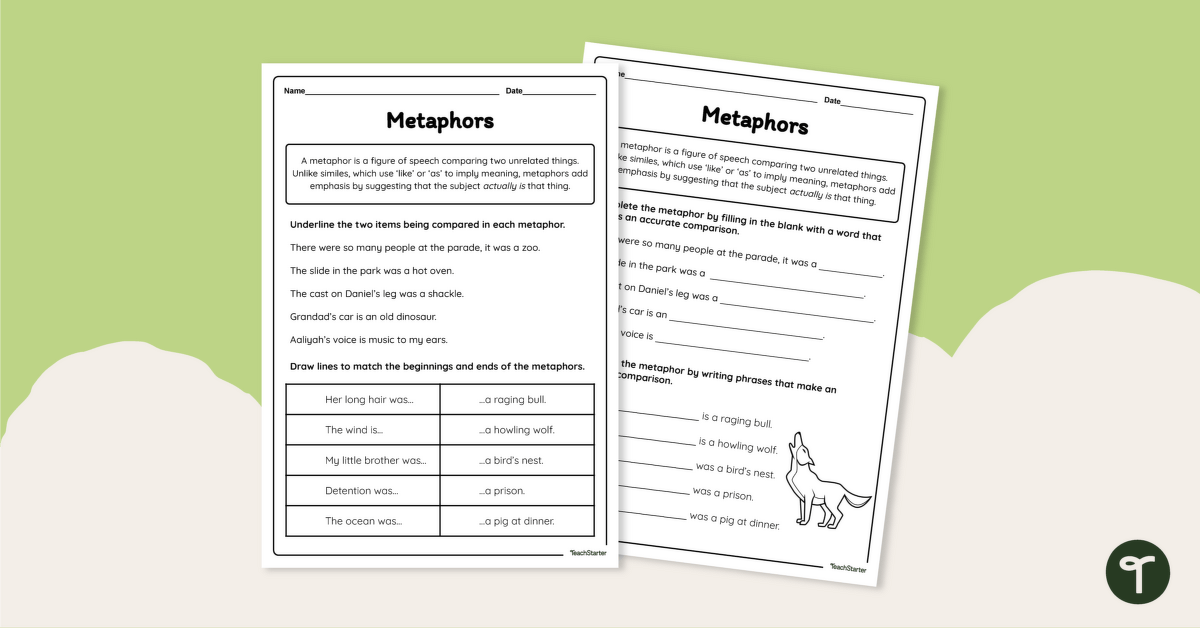

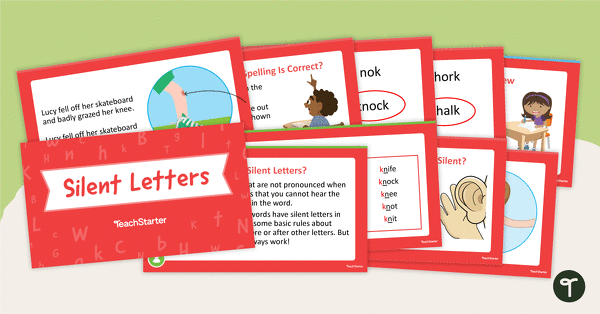
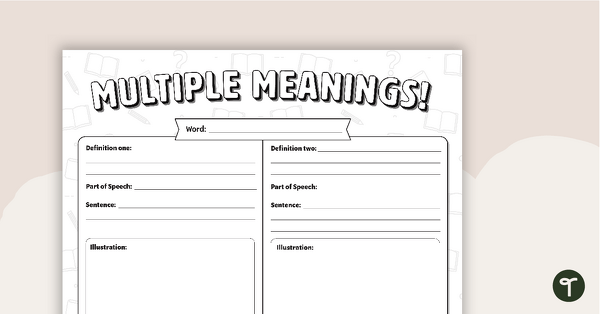
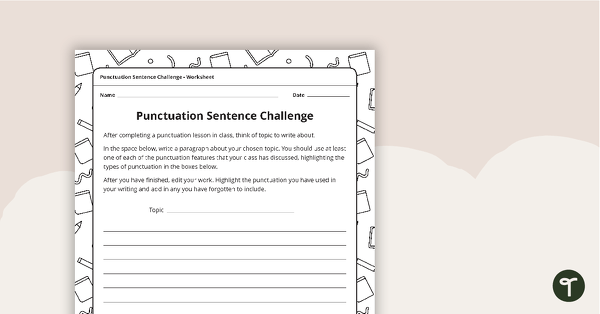
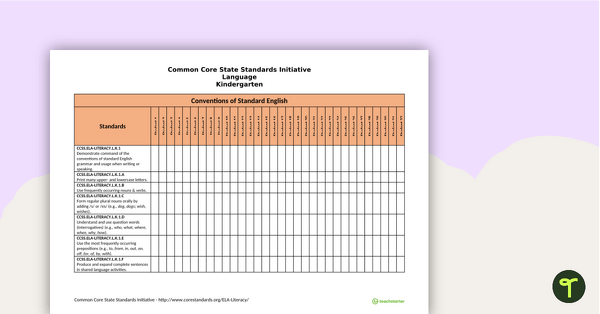
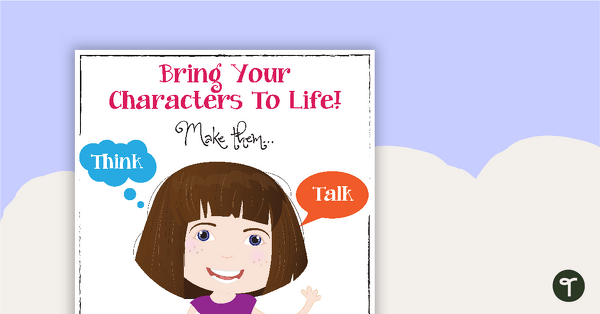
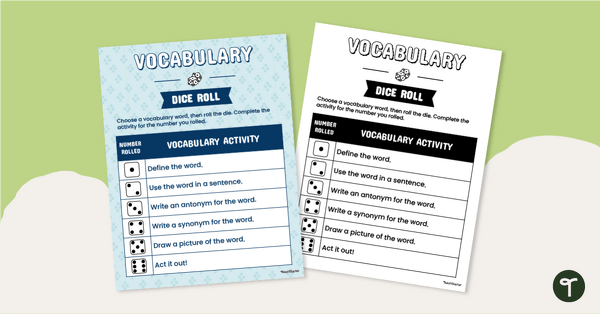
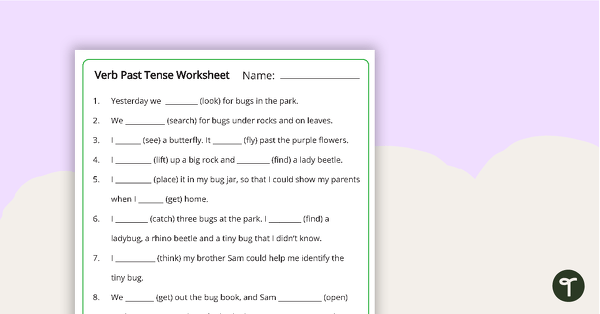
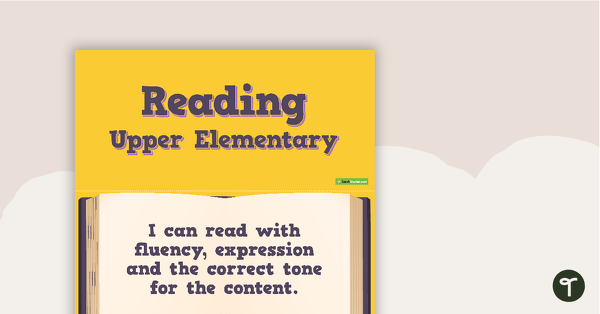
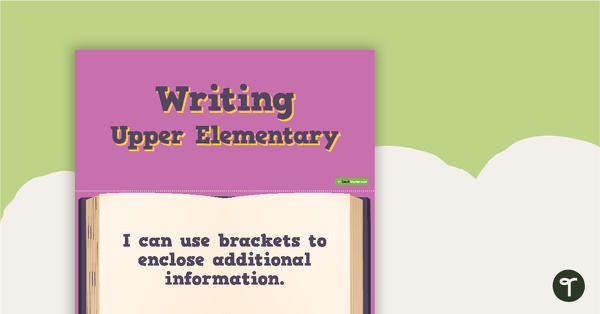
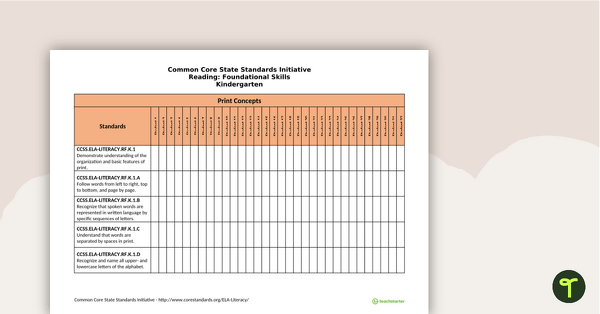
0 Comments
Write a review to help other teachers and parents like yourself. If you'd like to request a change to this resource, or report an error, select the corresponding tab above.